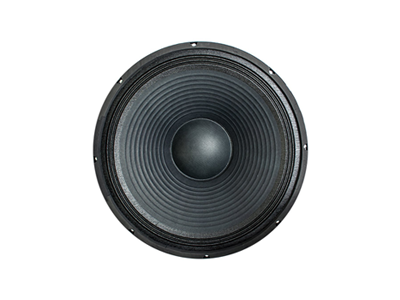Description
This course is ideal for both beginners and more advanced users alike. Its aim is to provide a solid grounding in the relevant technical processes prior to complimenting this knowledge with many “before & after” audio exercises. The scope of the course is wide enough to encompass almost every scenario and includes example use of many industry-standard plugins.
The best way to explain how to mix a pop song is to mix a pop song from start to finish. This process enables the tutor to provide professional insights along the way, precisely where and when they’re of most benefit; it also has the benefit of making the course seem more personal and relevant.
The subject of each of the 24 videos is detailed below. By the time you have completed the course I’m confident you will be able to produce a radio-friendly, commercial pop mix: and not only that – you’ll have had fun doing it!
Video Contents
- Project Settings
- LUFS Metering Setup
- Workflow Optimisation
- The Master Bus Dynamics
- Structuring Effects and Dynamics
- Gain Staging with Pink Noise
- Cleaning Vocals using Declicker and Gate
- Lead and Chrous De Essing and Comping
- Processing and Tuning Lead Vocals
- Processing all Vocals
- Processing Piano Underlay
- Processing Grand Piano
- Processing Bass Hit Morph and Orch Bass
- Processing Plinky Bass Layers
- Processing Sub Bass Hit
- Processing Rev Bass, Synth Lead, Pipe Hit
- Processing Drums
- Processing Sweeps, Arp Build, Toy Soldier
- The Sidechain
- Setting Up and Configuring Effects
- Send Effects
- Render in Place
- Post Render Gain Staging
- Colouring and Tweaking
Specifications
Contents: 24 Videos totaling 5 hours
Format: MP4
Compatibility: Mac/PC
Download Size: 899MB (compressed), 1.2GB (extracted)
Delivery: Download instantly after purchase
Author: Eddie Bazil
Although a vast array of plugins are used in this video series the main DAW is:
Other products that might be of interest to you:
Studio and Multi Effects Masterclass
Mixing Pop Music $25.97









